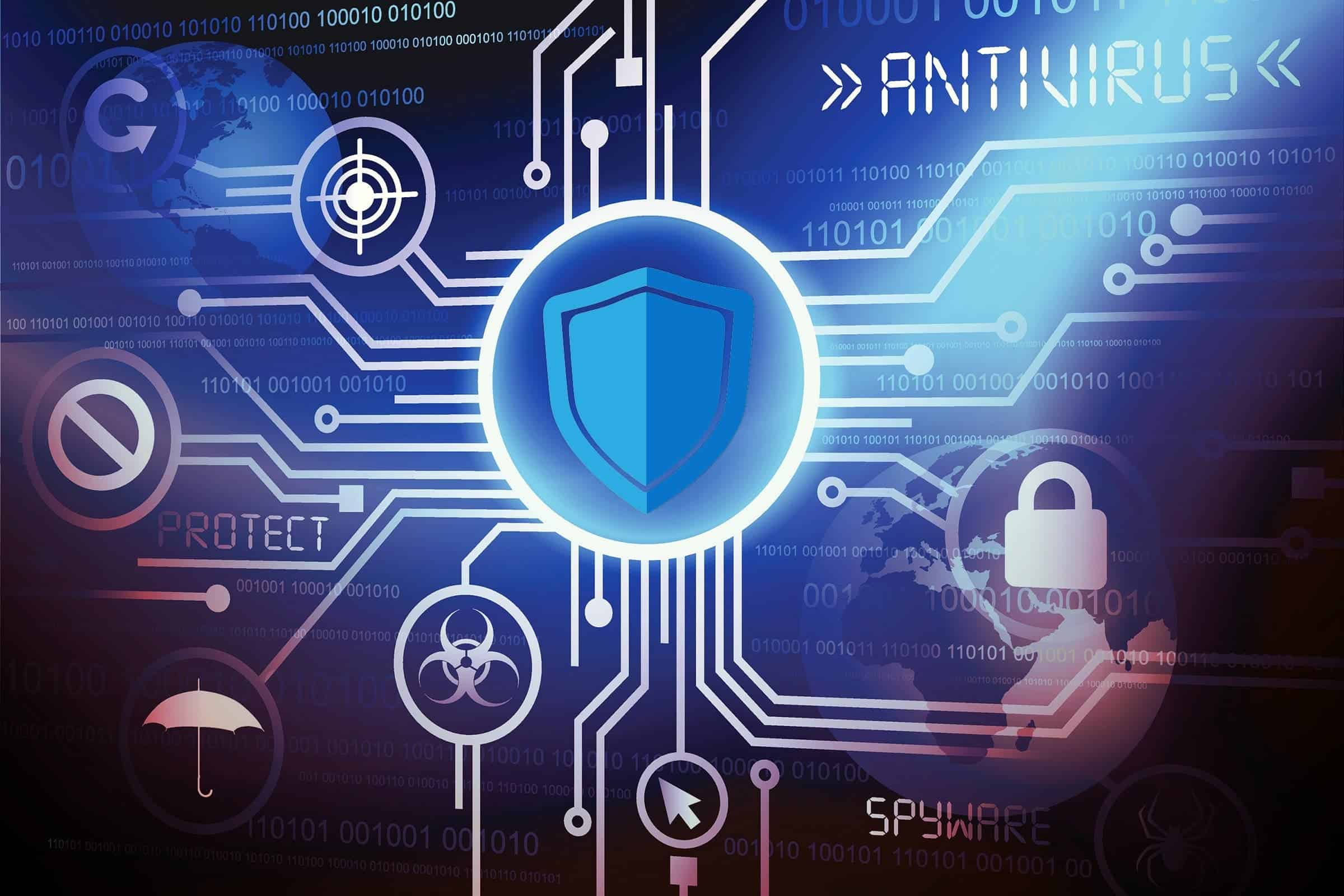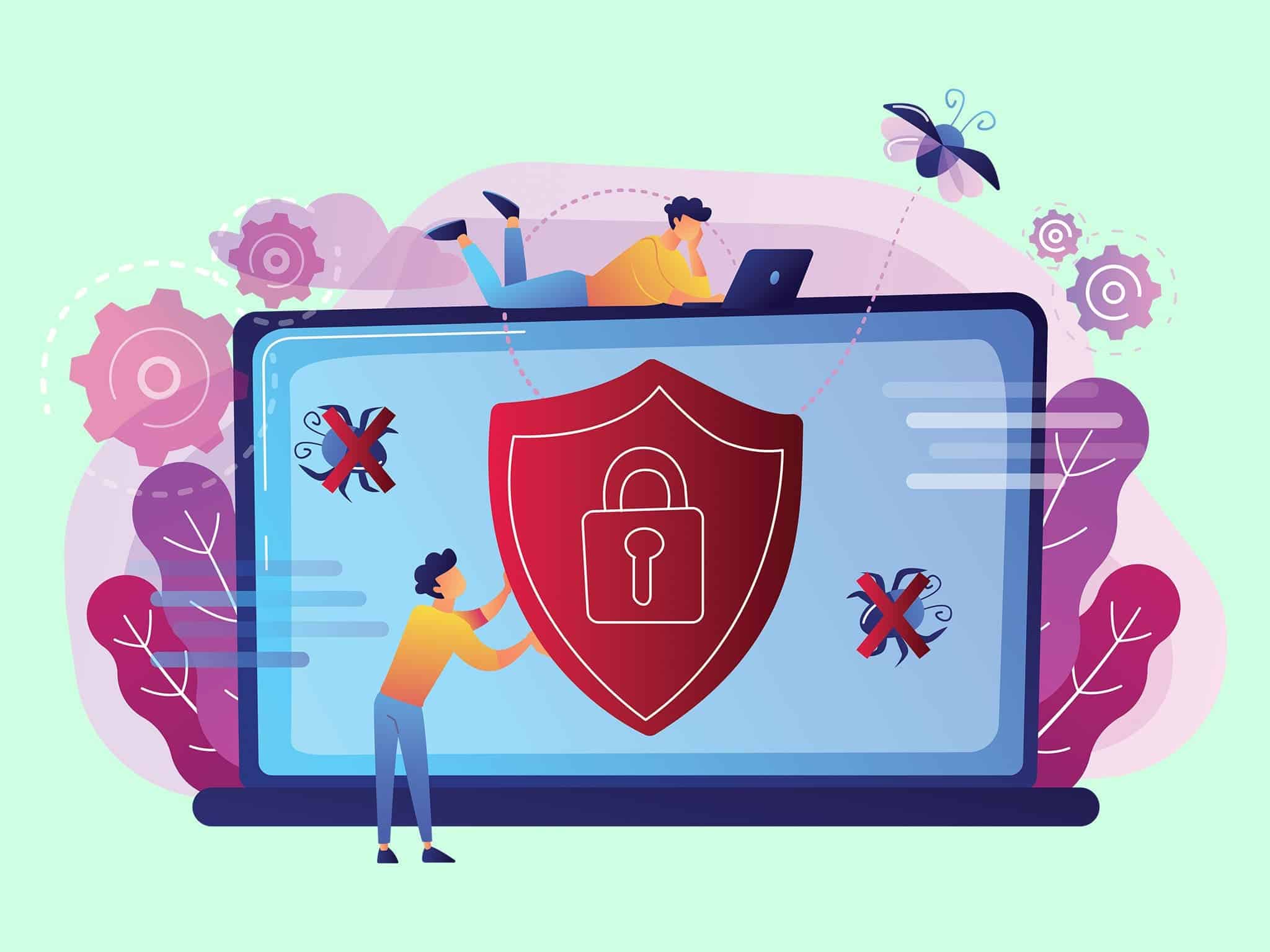How to’s | Guides
- How to Run an Antivirus Scan and Keep Yourself Safe
- How to Run an Antivirus Scan and Stay Protected
- 1. Select the Right Antivirus Software
- 2. Keep Your Antivirus Updated
- 3. Be aware of the Symptoms of Infection
- 4. Choose the Right Type of Scan
- 5. Perform the Scan
- 6. View the Results
- 7. Figure Out How Malware Infected Your Computer
- 8. Strengthen Your Security After the Scan
- 9. Cultivate Good Cyber Habits
- 10. Why Regular Scans Matter
How to Run an Antivirus Scan and Keep Yourself Safe
Abdullah Mustapha
May 31, 2025

Cyber threats are everywhere these days. Viruses, malware, and phishing attacks can damage your data and slow down your device. Antivirus software keeps you safe. But just installing it is not enough. You must also learn how to use it properly.
How to Run an Antivirus Scan and Stay Protected

This tutorial will guide you on how to run antivirus scans the right way. You’ll also learn how to protect your device both before and after a scan.
1. Select the Right Antivirus Software
Start by picking the right antivirus software. There are many tools available, but they are not all equal. Some are feature-rich, while others are not. The right software depends on your needs.
Look for these important features:
- Real-time protection – Deflects threats in real time.
- Automatic updates – Keeps the software current.
- Ransomware protection – Blocks data-encryption attacks.
- Web protection – Warns you about malicious websites.
- Firewall – Adds a layer against hackers.
- Email scanning – Checks for infected emails.
Also, choose software that will not slow your system. Steer clear of programs full of advertisements, bloatware, or bad reviews. Free antivirus is okay, but only if it is reputable and well-reviewed.
2. Keep Your Antivirus Updated
An antivirus is only helpful if it’s updated. New threats are created by hackers every day. An outdated antivirus might not detect them.
Make sure updates are turned on. These updates include virus definitions and bug fixes. They help your software detect the latest threats.
Outdated software can let in malicious programs. You might not know right away. Your system can slowly become sluggish, crash, or lose data. Ransomware has the ability to encrypt your files in certain cases.
Automatic updates are ideal. For the paid version, be sure to update your subscription. Enable auto-renew so protection does not suddenly stop.
3. Be aware of the Symptoms of Infection
Sometimes you won’t even be aware your system is infected until it’s too late. But many warnings can alert you ahead of time.
Look out for:
- Sudden slowdowns
- Too many pop-ups or ads
- New browser toolbars you didn’t install
- Apps crashing for no apparent reason
- Strange shortcuts or files
If you notice any of these, run a full virus scan right away.
4. Choose the Right Type of Scan
Antivirus software offers a range of types of scans. Each has a different purpose.
Here are the most important ones:
- Quick Scan: Quick and scans where threats typically conceal themselves. Fine for weekly or daily scans.
- Full Scan: Scans all files, folders, and applications. Longer but provides thorough results. Run this monthly or following updates.
- Custom Scan: Scans specific drives or locations. Suitable for USBs or recent downloads.
- Boot-Time Scan: Occurs prior to system boot-up. Assists in eliminating concealed malware or rootkits.
Schedule a routine to run automatic scans. For instance, weekly quick scans and monthly full scans. This continues to keep your system safe with minimal effort.
5. Perform the Scan
It is easy to run a scan. Just open your antivirus, select the type of scan, and click “Scan.” However, for optimal outcomes, use the following pointers:
Close resource-intensive programs. They will slow the scan and your computer.
- Plug in your laptop. Scans can be power-intensive and time-consuming.
- Don’t ignore PUP warnings (Potentially Unwanted Programs). Most are adware and will harm your system.
- You can pause a scan if you need to. Some antivirus programs allow you to stop and resume later.
The goal is to complete the scan without interrupting your work. But don’t rush it. Let the tool thoroughly check each file.

6. View the Results
When the scan finishes, the software will show you a report. Read it thoroughly. A good report will include:
- The name of the threat
- Its risk level (low, medium, high)
- Where it was found
- Action recommended
If threats are found, take action quickly. Most software will quarantine or delete infected files. However, you need to confirm and check changes.
Sometimes, a restart is necessary to remove malware fully. Reinstall antivirus or run a boot-time scan if malware keeps coming back.
You can also remove threats manually if your software offers instructions. Take care and do exactly as told.
Save a copy of the scan reports. They can help in the future if the problem returns or you need help from technical support.
7. Figure Out How Malware Infected Your Computer
Once your system is clear, find out how the malware gained access. Most infections happen because of:
- Clicking on phishing links
- Opening infected email attachments
- Downloading infected files
- Accessing infected websites
- Having outdated software
Knowing how the virus got in makes you avoid making the same mistake. It also tells you where your security was breached.
8. Strengthen Your Security After the Scan
Cleaning your system is imperative. Your work doesn’t stop there, however. Take the extra step to continue being safe down the line.
Do these:
- Update your software and operating system. Older software has holes in it that hackers take advantage of.
- Replace your passwords if your system had a keylogger infection.
- Back up your files after your device is clean.
- Turn on automatic scans and real-time protection.
It’s wise to backup your system every now and then. Use cloud services or an external drive. This way, in case anything happens again, your files are safe.
9. Cultivate Good Cyber Habits
Antivirus software is strong, but it’s not perfect. Your own behavior goes a long way in staying safe. Here are simple habits to cultivate every day:
- Don’t click on unknown links or download from suspicious sites.
- Use strong passwords that are different for each account.
- Turn on multi-factor authentication where possible.
- Keep your browser, plugins, and apps updated.
- Don’t ignore browser warnings about unsafe sites.
- Avoid public Wi-Fi when handling sensitive info.
The best antivirus is a smart user. A little caution goes a long way.
10. Why Regular Scans Matter
You may ask, “My computer is working fine. Do I really need to scan for viruses?” The answer is yes. Malware may wait for days or weeks to strike. By the time you know it, the damage may be done.
Regular scans will:
- Detect threats early
- Protect your identity and personal info
- Keep your computer fast and running efficiently
- Avoid costly damage or repairs
You can think of scanning as brushing your teeth. You do it on a regular basis to prevent bigger problems from happening.
Final Thoughts
Cyber threats are multiplying and becoming more sophisticated. Downloading antivirus software is just the beginning. To stay adequately protected, you will need to update it, scan your system regularly, and know how to respond when a threat is identified.
Follow the steps in this guide to keep your system clean and your data safe. Run quick scans on a weekly basis and full scans on a monthly basis. Turn on real-time protection. Keep your tools updated. And always surf safely.
In cybersecurity, prevention is better—and cheaper—than a cure.
Disclaimer: We may be compensated by some of the companies whose products we talk about, but our articles and reviews are always our honest opinions. For more details, you can check out our editorial guidelines and learn about how we use affiliate links.Follow Gizchina.com on Google News for news and updates in the technology sector.
Source/VIA :
Techradar